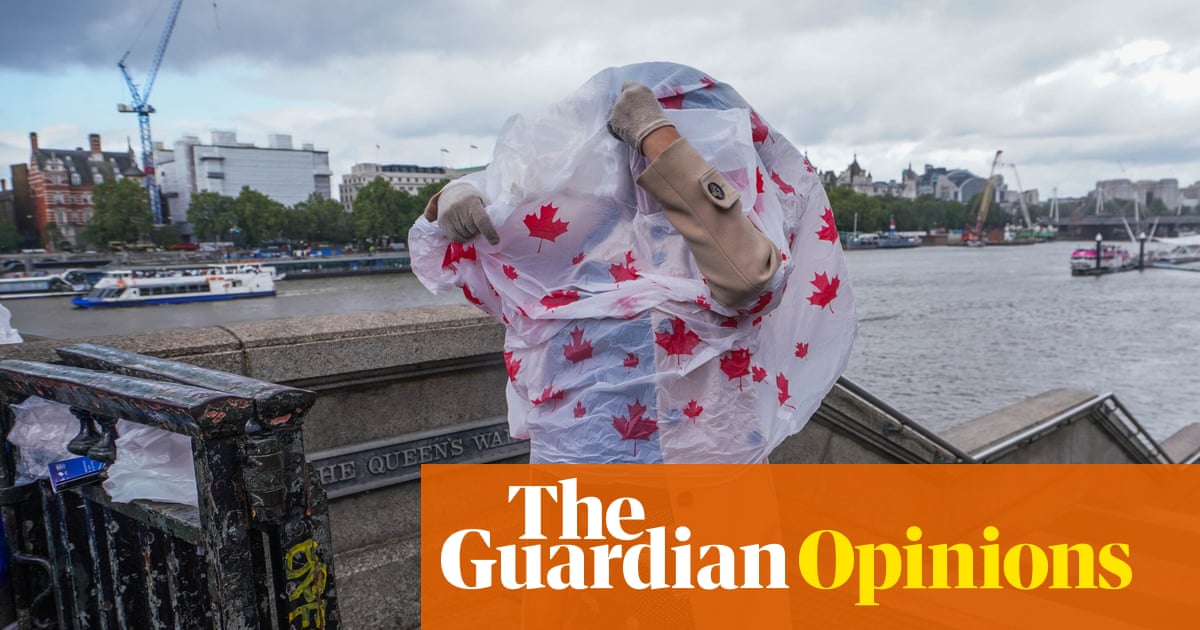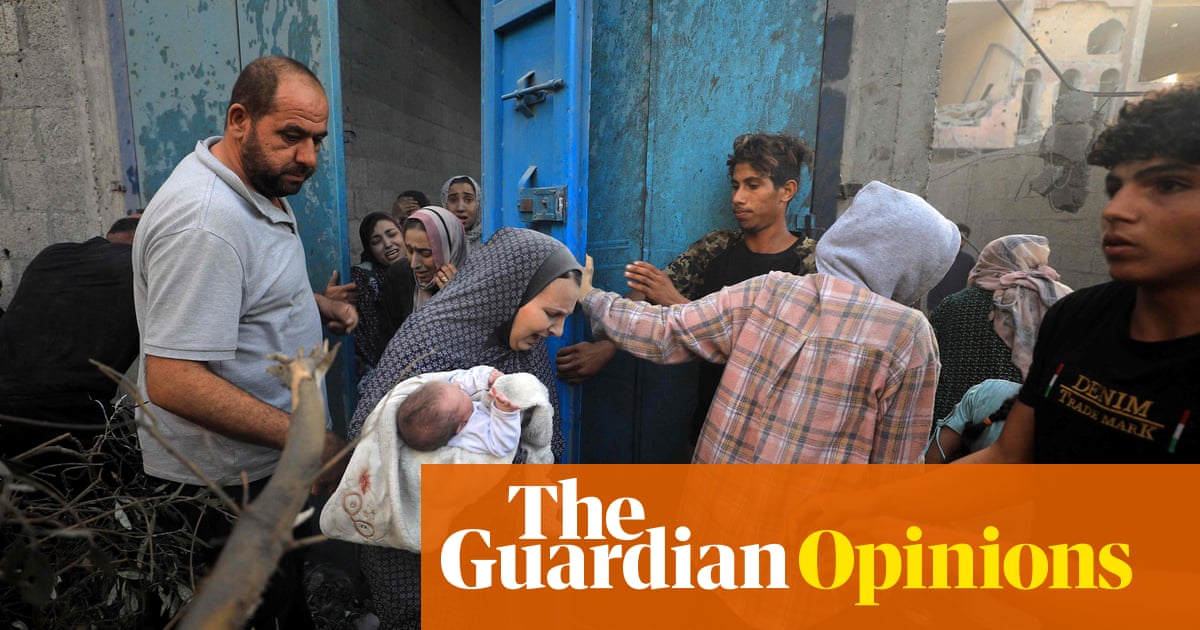
here is something about the “power of two” in our culture, a unique, contained bond that can form between two people and generate a particular catalysing spark. We are fascinated by “odd couples” but not odd trios; we love watching double acts and obsess over Hollywood couples; so many great achievements seem to have been the work of dual partnerships: Lennon and McCartney; Marie and Pierre Curie; French and Saunders. But what is that something?
Perhaps one of the reasons I’m so drawn to duos like this is that I am not a natural collaborator. As a child, I ploughed my own furrow and was, I suspect, rather similar to Briony, the hero of Ian McEwan’s novel Atonement: “One of those children possessed by a desire to have the world just so.” Briony not only writes the play she puts on at the start, but designs the posters, programmes and tickets – and constructs the sales booth. Way to go, Briony! Well, up to a point. In my professional life I’ve had to learn to be collegiate. Television – and to a lesser extent the newspaper industry – relies on teamwork to get the programme to air or the paper to press.
Of course, nobody loves wishy-washy groupthink. But equally, while journalistic myth often glorifies the lone-wolf reporter, the biggest political scoop of the past 50 years – uncovering the Watergate scandal – was the achievement of two journalists working in tandem: Bob Woodward and Carl Bernstein at the Washington Post, who subsequently inspired one of the best-known cinematic pairings when Dustin Hoffman and Robert Redford played them in All the President’s Men.
When I first joined Channel 4 News 15 years ago, I realised there was a magic about the relationship between correspondent and producer. In a good pairing, both halves of the couple know almost instinctively how to approach a story, who is doing what, and how to go from a standing start to three or four minutes of film by the end of the day.
In fact, duos are the linchpins of countless live TV shows: Ant and Dec, Phillip and Holly, Mel and Sue, Phil and Kirstie, Dick and Dom, Piers and Susanna, Richard and Judy. Many news programmes, including Channel 4 News, follow the convention. It’s nearly a decade since I started presenting the programme and I most often share the studio with veteran anchor Jon Snow. I have boundless respect for someone who has witnessed all the big moments in recent history, from the fall of the Berlin Wall to the release of Nelson Mandela. I’ve learned an enormous amount from him about the presenter’s craft. On the rare occasions when I’m the solo anchor, the programme feels as if it’s missing something, the studio rather cavernous, the business altogether lonelier.
The technical term for a basic unit of two individuals is a dyad. In the dry language of social network theorists, a dyad is “an unordered pair of actors and the arcs that exist between the two actors in the pair”.
Some of the most intriguing thinking about the power of two was done by the German philosopher Georg Simmel, who was born in Berlin in 1858. Simmel was intrigued by social geometry, especially the role of dyads and other small groups in shaping behaviour.
As Simmel explained, the decisive characteristic of the dyad is that each member must “actually accomplish something”. In the case of failure, only the other person remains. And this is important. “Precisely the fact that each of the two knows that he can depend only upon the other and on nobody else,” he wrote, “gives the dyad a special consecration – as seen in marriage and friendship, but also in more external associations, including political ones, that consist of two groups.”
In a dyad, neither member shares the other’s attention with anyone else. Triads are trickier because when three are involved there is a possibility of a dyad forming within the triad. Nobody wants three people in a marriage.
Perhaps of all the many high-profile dyads, it is the “power couple” that shines most brightly. We all have a pretty good idea of what a power couple is. According to the most conventional reading, it is two people, usually rich and famous, who present themselves as a duo on the public stage and have a power to influence that is part of their duo-ness. One partner’s power reinforces and amplifies that of the other, but (crucially) only as long as they remain together: they are greater than the sum of their parts.
In Hollywood’s Golden Age, there were power couples like Elizabeth Taylor and Richard Burton, Frank Sinatra and Ava Gardner, Frank Sinatra and Mia Farrow, Marilyn Monroe and Joe DiMaggio, Robert Wagner and Natalie Wood – relationships that all came with a side order of drama and intrigue and, in the case of Wagner and Wood, untimely and mysterious death. “Power” in this context includes the power to fascinate.
Power behind the throne does not count: farewell, Lady Macbeth. Both halves of the couple must be “big beasts” and their power must be sustained rather than momentary. One sure sign is the portmanteau appellation, usually bestowed by the media, which designates a “blended” celebrity couple: Tomkat (Tom Cruise and Katie Holmes); Bennifer (Ben Affleck and Jennifer Lopez, then Jennifer Garner); Brangelina (Brad Pitt and Angelina Jolie)
In terms of formal governance, we obviously do not have married power couples running the show. But presidents’ and prime ministers’ wives have traditionally had considerable soft power and been crucial determinants of an administration’s success. In public, it has mostly been the sorry lot of political wives to smile and wave and not bang on about their own careers in a distracting way that might be distracting. This was particularly painful for high-powered women such as Cherie Blair and Nick Clegg’s wife Miriam González Durántez, lawyers both, whose professional identities were compromised by the widespread assumption that they should drop everything and rush to support their husbands’ causes.
Of course, “political husbands” exist too, but not in the same number, as you would expect. One example would be Philip May, who was seen as an important influence on his prime-minister wife Theresa and took a step back from his job as a banker to support her. Asked what it was like being married to a prime minister, he replied: “If you’re the kind of man who expects his tea to be on the table at six o’clock every evening, you could be a disappointed man.”
One man who definitely does not expect this is Clarke Gayford, TV presenter partner of New Zealand’s prime minister Jacinda Ardern and technically the country’s “First Man”. Their relationship strikes me as more balanced and progressive; he already had a public profile when he met Ardern. Still, there are compromises to be made. “It sounds strange but I cannot pick up the phone and ring my partner, she’s just that busy,” he admitted to one radio show. “Some days her schedule is 15-minute blocks, with meetings in that, so it’s very, very difficult just to have that communication going... Remember when you’re growing up and that whole saying, ‘Who do you think you are, the prime minister or something?’ It doesn’t work in our house.”
A candidate’s partner matters to the public because he or she is held to be a reflection of that candidate’s “true” personality, if not an extension of it. Which worked well for Bill and Hillary Clinton, still widely considered the most powerful couple in the modern American political landscape, since her attributes of loyalty and fidelity were the ones he most needed.
Hillary’s recent claim that staying in her marriage was the “gutsiest” thing she has done in her personal life raised eyebrows. However infuriated and embarrassed she was by her husband’s affairs, most famously the one with Monica Lewinsky, few close to the couple believe she would ever have left him. “You have to remember that they are each other’s closest adviser,” Carl Bernstein once noted. “Each regards the other as the brightest star in his or her universe and despite all that’s happened, nothing has changed that basic view over the years.”
The problems that afflict power couples in politics do not bypass their counterparts in the parallel world of entertainment. Politics isn’t far removed from showbiz: it’s “showbiz for ugly people” as the cruel saying goes. And as we’ve already seen, when those couples are linked creatively as well as romantically, slightly different rules apply. Far from being handicaps, problems within relationships can be converted into art, music, film, or at the very least spectacle. For showbiz couples, emphasising the imperfect nature of their union can be good box office. It collapses the distance between them and their audience: their problems reflect their audience’s problems.
Take the superstar couple Beyoncé and Jay-Z. They have been romantically linked since the late 1990s and first pooled their musical talents in 2003 on the track ’03 Bonny & Clyde. They married in 2008 and for the next five years or so succeeded for the most part in promoting themselves as a stable, loving couple. But in 2014, TMZ released footage of a fight that broke out in an elevator at the Met Gala between Jay-Z and Beyoncé’s younger sister, Solange. Whatever the fight was about – and the internet nearly broke under the weight of conspiracy theories – it focused attention on the couple, encouraging speculation that they might be about to divorce.
After the elevator incident, both Beyoncé and Jay-Z started to address their relationship in their work with increasing frequency. The release of Beyoncé’s album Lemonade in April 2016 triggered a worldwide quest for the identity of “Becky with the good hair” (allegedly the fashion designer Rachel Roy), while Jay-Z’s 2017 album 4:44 was widely seen as a response.
In 2018 the pair released a joint album, Everything Is Love, under the name “The Carters”, Jay-Z’s surname and Beyoncé’s hyphenated married name: a declaration of togetherness and a celebration of being at the apex of their imperial phase as pop stars.
As one of the world’s biggest showbiz couples, Beyoncé and Jay-Z have enormous power to transform, reframe and educate. But being a star has always involved a Faustian pact. You might acquire wealth and influence by tapping into a mass market, but the unrelenting exposure can be soul-destroying, even when you think you have a handle on it.
It was partly because of this, and the crippling expectation that followed their every move, that both John Lennon and Paul McCartney sought sanctuary in domestic and professional coupledom after the Beatles split in 1969 – John with artist Yoko Ono, Paul with photographer Linda Eastman.
For John, Yoko was an intellectual enabler. “I decided to leave the group when I decided I could no longer artistically get anything out of the Beatles and here was someone [Yoko] that could turn me on to a million things,” he told Rolling Stone’s Jann Wenner in 1970. Similarly, Paul’s post-Beatles album, Ram, is credited to “Paul and Linda McCartney”.
Today, real power lies less with pop stars and politicians and more with tech companies like Facebook and Amazon. A recent twist on the power couple is the “tech philanthropist” couple, such as Facebook founder Mark Zuckerberg and his wife Priscilla Chan, who launched the Chan Zuckerberg Initiative (CZI) in 2015, and Bill and Melinda Gates, who have overseen their own foundation together since 2000.
Both have goals so broad and momentous – the CZI wants to “advance human potential and promote equality in areas such as health, education, scientific research and energy” – that they eclipse the hows and whys. They also make criticism feel mean-spirited. Views like those of Stanford political science professor Rob Reich – who says “Big Philanthropy is definitionally a plutocratic voice in our democracy, an exercise of power by the wealthy that is unaccountable, non-transparent, donor-directed, perpetual, and tax-subsidised” – are in the minority. You could argue that making a foundation an extension of your identity as a married couple lends it a wholesome, domestic sheen, disarming suspicion.
Whether couple-controlled foundations operate differently is an interesting question because research has shown that couples have distinct patterns of giving.
Philanthropy is often seen by couples as a shared endeavour, one which shapes their self-identification. They tend to give money to areas they associate with themselves as a duo, for example museums and orchestras.
“Giving together not only allows partners the chance to work on issues they care deeply about, it also provides an opportunity for their relationship to grow,” says the blurb on the website for Rockefeller Philanthropy Advisors, seemingly proving the point. “Some couples say their joint philanthropy is one of the most meaningful shared experiences in their lives.”
Zuckerberg and Chan announced the creation of CZI, to which they committed to donating 99% of their Facebook shares over their lifetimes, in a joint open letter on Facebook which also served to announce the birth of their daughter Max. She was framed as an unwitting prime mover; it was for the benefit of her generation, the couple wrote, that the initiative existed.
Based in Seattle, the Bill and Melinda Gates Foundation was founded in 2000 and is reputed to be the largest private foundation in the world, with $46.8bn in assets. Its focus has been on poverty, healthcare and gender equality, a concern particularly close to Melinda, a committed feminist. In her book The Moment of Lift: How Empowering Women Changes the World, she writes that the foundation was so named because she was going to have a big role in running it, greater than Bill’s to begin with. For privacy reasons she decided not to make her role public while their children were small.
Bill was involved too, of course, but the question of what it means to forge an equal partnership with someone so successful is one Melinda addresses in her book. Clearly, it has involved some delicate conversations about roles. “We’ve had to figure out who’s good at what,” she writes, “and then make sure we each do more of that and not challenge each other too much on the things we’re not good at. But we’ve also had to figure out what we’re going to do in areas where we’re both sure of ourselves and we have opposing convictions.”
As the academic Vera John-Steiner says: “collaboration thrives on diversity of perspectives and on constructive dialogues between individuals negotiating their differences.” Crucial in the testing times we find ourselves in. Within the shifting confines of lockdown, it is hard to tell what the post-Covid future is going to look like. One thing is certain, though. Working together productively towards a shared goal has never been more important. It takes two. How could it ever not?












